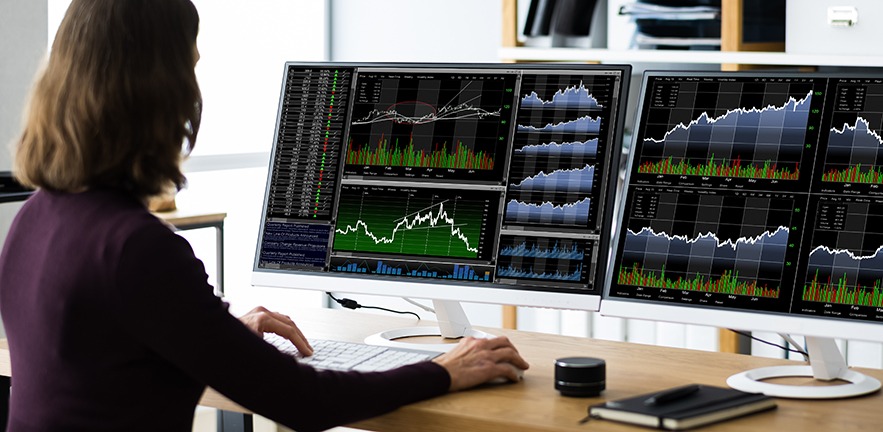Foreign exchange volume helps predict the following day’s returns, finds study co-authored by Professor Lucio Sarno of Cambridge Judge Business School.

The daily volume of foreign exchange (FX) trading helps predict returns on currency trading the next day, says a study co-authored by Lucio Sarno, Professor of Finance at Cambridge Judge Business School, based on a novel dataset from the over-the-counter market.
“When volume is abnormally low for a given currency pair, we typically observe a return reversal over the following day,” says the study forthcoming in the Review of Financial Studies. Such reversal weakens and moves toward a next-day continuation of the same direction of returns when volume is particularly high.
The research also finds a high level of information asymmetry between FX market participants, with such asymmetry being independent of the volume, volatility and liquidity of currencies traded.
While the FX market is huge, with $6.6 trillion traded each day on average (more than 10 times larger than global equity market volume), it has been difficult to study FX behaviour due to that market’s decentralised, over-the-counter structure that lacks centralised transaction data.
“Does volume contain predictive information about future exchange rate returns? How is FX trading volume related to asymmetric information about the drivers of currency returns? Can currency investors employ the information embedded within volume in designing their asset allocation strategies? Until now, answers to these questions have remained tantalisingly unobtainable,” the study says.
The authors thus developed a simple model tied to demand for foreign bonds (which are risk-free in local currency) that tests the relationship between FX volume and future currency returns. It then tests the model’s predictions based on data from CLS Group, the world’s largest FX settlement institution covering 50% of OTC spot (current price), forward (price at a future date) and swap (price of a simultaneous purchase and sale of identical amounts of one currency for another at different dates) activity for 31 currency pairs over six years.
Under the model, daily currency returns are driven by the interaction of the previous day’s return and unexpected volume (deviation of volume from a 21-day moving average). The study finds the results to be similar across various currency pairs, which indicates that the information asymmetry does not depend on average levels of volume or the other factors.
“The finding is important for industry regulators interested in the consequences of moving from the decentralised, dealer-driven foreign exchange market to a more centralised system,” says a policy-focused summary of the research written by the authors on the Centre for Economic Policy Research’s VoxEU.
“Indeed, the results contrast starkly with prior evidence from centralised markets. US equity market studies, for example, have found that the analogue of the interaction coefficient is, for most individual stocks, negative.”
The study also finds that this coefficient is positive and highly statistically significant when estimated using spot and forward volume, but shows little or no impact when estimated with swap volume – suggesting that market participants provide more private information using spot and forward exchange rates.
The study – entitled “Foreign exchange volume” – is co-authored by Professor Giovanni Cespa of Cass Business School, Dr Antonio Gargano of the University of Houston, Dr Steven J. Riddiough of the University of Toronto, and Professor Lucio Sarno of Cambridge Judge Business School.


